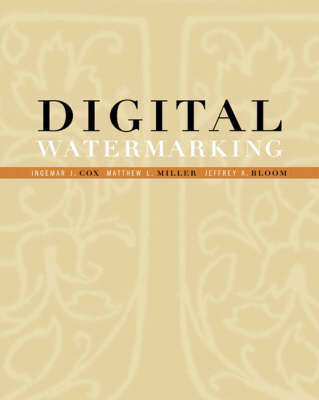The Morgan Kaufmann Series in Multimedia Information and Systems
2 total works
Digital Watermarking and Steganography
by Ingemar Cox, Matthew Miller, Jeffrey Bloom, Jessica Fridrich, and Ton Kalker
Published 23 November 2007
Digital audio, video, images, and documents are flying through cyberspace to their respective owners. Unfortunately, along the way, individuals may choose to intervene and take this content for themselves. Digital watermarking and steganography technology greatly reduces the instances of this by limiting or eliminating the ability of third parties to decipher the content that he has taken. The many techiniques of digital watermarking (embedding a code) and steganography (hiding information) continue to evolve as applications that necessitate them do the same. The authors of this second edition provide an update on the framework for applying these techniques that they provided researchers and professionals in the first well-received edition. Steganography and steganalysis (the art of detecting hidden information) have been added to a robust treatment of digital watermarking, as many in each field research and deal with the other. New material includes watermarking with side information, QIM, and dirty-paper codes. The revision and inclusion of new material by these influential authors has created a must-own book for anyone in this profession.
Digital watermarking is a key ingredient to copyright protection. It provides a solution to illegal copying of digital material and has many other useful applications such as broadcast monitoring and the recording of electronic transactions. Now, for the first time, there is a book that focuses exclusively on this exciting technology. Digital Watermarking covers the crucial research findings in the field: it explains the principles underlying digital watermarking technologies, describes the requirements that have given rise to them, and discusses the diverse ends to which these technologies are being applied. As a result, additional groundwork is laid for future developments in this field, helping the reader understand and anticipate new approaches and applications.

